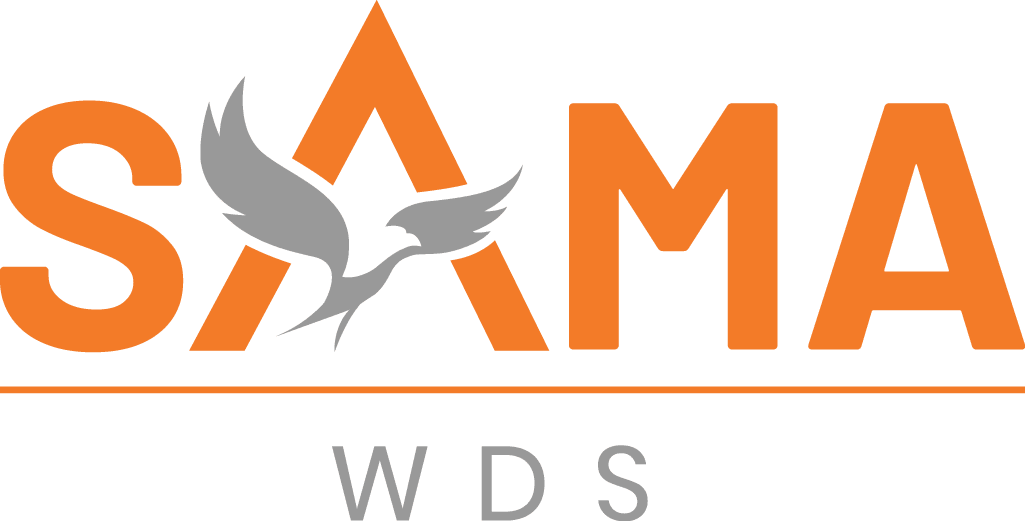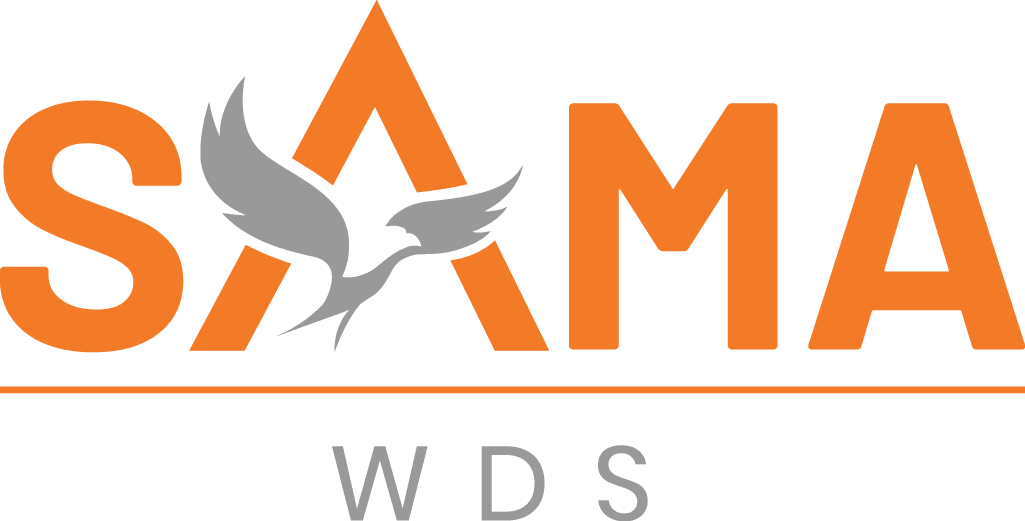
The Definitive Guide to Workday Learning Integrations: Strategy, Execution, and Future Outlook
The enterprise learning ecosystem has entered a new era defined by scale, complexity, and urgency. Workday reports over 300,000 integrations completed and nearly 900 million successful integration runs across its platform to date. Those numbers aren’t just impressive; they signal a fundamental shift. Organizations today cannot run on siloed systems. Learning must be integrated into the broader business workflow—where people work, communicate, and measure performance.
Learning and Development (L&D) leaders, HR professionals, IT decision-makers, and business executives face the same question: how do you ensure Workday Learning connects seamlessly with the tools that drive your business? The answer lies in thoughtful integration design, technical precision, and organizational alignment.
Workday Learning is not just a content repository or compliance tracker—it is an enterprise-grade learning platform engineered for connectivity. It supports skills development, social learning, and role-based pathways. But its real power is unlocked when integrated across HR, performance management, collaboration tools, and external content providers.
This guide explores the integration landscape from every angle: platform capabilities, market data, key integration categories, technical best practices, ROI measurement, challenges, and the future of AI-driven learning ecosystems. Whether you’re just starting your integration roadmap or refining mature deployments, the following sections will give you the technical depth and strategic clarity to succeed.
Sama, with deep expertise in Workday integration and consulting, has seen firsthand how the right integrations can transform employee learning experiences and deliver measurable business value.
Ready to unlock the full potential of Workday Learning?
Sama can help you design and implement strategic Workday Learning integrations that connect your entire learning ecosystem—from content providers to collaboration tools—for a seamless, scalable solution.

2. Understanding Workday Learning: Foundation for Integration Success
Platform Capabilities
Workday Learning was designed to be part of a unified talent ecosystem. Some of its core capabilities include:
- Adaptive Learning Journeys – AI-driven recommendations that adapt to user behavior, role, and skill profiles.
- Native Content Hosting – Support for SCORM, AICC, and xAPI formats, enabling tracking of diverse digital learning content.
- Mobile-Optimized Delivery – A responsive, cloud-native interface that allows employees to access training on demand.
- Social Learning Tools – Peer recommendations, user-generated content, and communities of practice.
- Compliance Automation – Rule-based learning assignments linked to role, geography, or business unit.
- Analytics Dashboards – Native reporting that integrates with Workday Prism Analytics for broader workforce insights.
Integration-Readiness
Unlike legacy LMS platforms, Workday Learning is natively integrated with Workday HCM and Talent. This eliminates duplicate data entry and enables real-time synchronization of employee records, roles, and organizational hierarchies.
From a technical standpoint, Workday’s Integration Cloud is the foundation. It includes:
- Prebuilt Connectors – Standardized integrations for popular platforms.
- Workday Studio – A development environment for building custom integration logic.
- REST and SOAP APIs – Allowing for secure, programmatic data exchange.
- Enterprise Interface Builder (EIB) – Facilitating bulk data loads and extracts.
The Business Case
The justification for integrating Workday Learning with other business systems is strong:
- Operational Efficiency – Single sign-on (SSO) and data synchronization reduce administrative overhead.
- Employee Experience – Learners access content in the flow of work, rather than juggling multiple systems.
- Strategic Workforce Development – Skills data becomes visible across HR, enabling smarter succession planning and mobility strategies.
- Regulatory Compliance – Audit-ready data ensures organizations can pass compliance reviews without costly manual tracking.
Workday Learning’s design philosophy—unified but extensible—makes it a cornerstone of the modern talent management ecosystem.
3. The Current Integration Landscape: Market Trends and Statistics
Integration demand is shaped by broader market dynamics in enterprise learning and technology adoption.
Market Expansion
- The Workday Consulting Service Market is currently estimated at USD 1.2 billion (2024) and is projected to more than double to USD 2.5 billion by 2033, at a CAGR of 9.4%. This growth underscores the rising need for expert guidance in navigating complex integrations.
- The on-demand LMS market is valued at USD 11.34 billion in 2024, projected to reach USD 29.57 billion by 2033, growing at a CAGR of 11%. This reflects the pivot toward flexible, cloud-based learning systems.
- Nearly 47% of L&D teams plan to implement microlearning initiatives in 2024, highlighting the need for integrations with microlearning content providers.
- 59% of SMBs reported they expect to increase technology spending in 2024, proving that integration strategies are no longer limited to large enterprises.
Digital Fluency and AI
Digital fluency is now a workforce expectation. Employees demand seamless transitions across applications—whether that’s starting a course in Workday, continuing it in Teams, or receiving nudges in Slack.
By 2028, Gartner predicts 33% of enterprise software applications will include agentic AI. This has implications for Workday Learning integrations, where AI could handle everything from personalized content delivery to automated compliance tracking.
Key Drivers of Integration
- Employee Productivity – Learning is embedded directly in collaboration and work platforms.
- Data Visibility – Leaders want consolidated analytics to inform workforce planning.
- Regulatory Pressure – Industries with compliance requirements (finance, healthcare, manufacturing) rely on integrated systems to ensure training is audit-ready.
- Scalability – Integrations eliminate manual processes, allowing L&D to scale without adding administrative headcount.
The integration landscape is not just about connecting systems; it is about creating a unified talent intelligence ecosystem.
Ready to unlock the full potential of Workday Learning?
Sama can help you design and implement strategic Workday Learning integrations that connect your entire learning ecosystem—from content providers to collaboration tools—for a seamless, scalable solution.

4. Top Workday Learning Integration Categories
4.1 Content Management and Learning Platforms
LinkedIn Learning Integration
One of the most widely adopted integrations. Employees can browse, launch, and complete courses inside Workday. Completion status and progress data flow back into Workday reports. This eliminates double entry and creates a unified view of formal and informal learning.
Content Aggregators
Platforms like Skillsoft or OpenSesame offer access to thousands of courses across disciplines. Integration ensures that administrators can import course catalogs into Workday Learning while maintaining consistent tracking.
Microlearning Providers
Given that nearly half of L&D teams are prioritizing microlearning, integrations with platforms like Axonify or EdApp ensure that bite-sized, just-in-time learning fits seamlessly into Workday Learning pathways.
4.2 Communication and Collaboration Tools
Microsoft Teams
Teams integrations allow employees to receive training notifications, launch courses, and collaborate around learning initiatives without leaving the application. Embedding Workday Learning into Teams aligns training with daily workflows.
Slack Bots
Slack integrations provide learning nudges, reminders, and micro-quizzes. This encourages continuous learning in short, frequent bursts.
Video Conferencing Tools
Zoom or Webex integrations connect live sessions directly to Workday Learning. Attendance, duration, and completion data sync automatically.
4.3 Performance Management Systems
Goal Alignment
Learning outcomes can be tied to performance goals. For example, completing a leadership development module can automatically update progress toward a “leadership competency” goal.
Performance Reviews
Integrations enable managers to see which learning activities were completed during the review cycle, providing richer evaluation data.
Career Development Tools
Linking Workday Learning with AI-driven career platforms helps align training with future role requirements.
4.4 HR Information Systems (HRIS)
Employee Data Synchronization
Workday Learning integrates with HRIS records so that job changes or promotions trigger new learning assignments automatically.
Onboarding Workflows
Integrations ensure that once a new hire is entered into Workday HCM, an onboarding learning pathway is automatically assigned in Workday Learning.
Compliance Tracking Systems
Integration ensures that mandatory certifications or training are automatically logged and visible to compliance auditors.
5. Popular Workday Learning Integrations: Detailed Analysis
LinkedIn Learning
This is the gold standard example. Full catalog synchronization, unified reporting, and seamless user experience make it one of the most effective integrations. Organizations often see adoption rates increase when LinkedIn Learning is embedded within Workday because employees avoid the friction of switching systems.
Microsoft Teams
Teams is where most employees collaborate daily. By surfacing learning assignments, reminders, and completions within Teams, organizations bridge the gap between training and productivity.
Salesforce
Sales teams benefit from contextual, role-based learning inside Salesforce. Product updates, compliance modules, and just-in-time enablement can all be surfaced without leaving the CRM.
Other Notable Integrations
- Coursera and Udemy Business – Access to global MOOCs and professional development courses.
- Harvard ManageMentor – Leadership development content for managers and executives.
- Industry-Specific Compliance Systems – Ensuring training data integrates directly into sector-specific compliance dashboards.
These integrations demonstrate how Workday Learning becomes the single pane of glass for learning activities across diverse ecosystems.
Ready to unlock the full potential of Workday Learning?
Sama can help you design and implement strategic Workday Learning integrations that connect your entire learning ecosystem—from content providers to collaboration tools—for a seamless, scalable solution.

6. Technical Implementation: Best Practices and Considerations
Integration Architecture
Workday provides multiple integration options:
- Workday Integration Cloud for standardized solutions.
- Workday Studio for custom integration development.
- REST and SOAP APIs for real-time, programmatic data exchange.
- Enterprise Interface Builder (EIB) for bulk data import/export.
Key Considerations
- Data Mapping – Define data fields across systems (e.g., employee ID, course completion status).
- Authentication & Security – Implement OAuth 2.0 or SAML for secure connections.
- Compliance – Ensure data residency and privacy rules (GDPR, HIPAA, etc.) are respected.
- Change Management – Train administrators and end-users to navigate new workflows.
- Testing & QA – Conduct sandbox testing, regression testing, and pilot rollouts.
Best Practices
- Start Small – Pilot with a single integration category (e.g., content provider) before scaling.
- Automate Monitoring – Build dashboards to track API performance and error rates.
- Document Thoroughly – Maintain clear documentation for IT and HR teams to manage over time.
For highly complex architectures, professional guidance from Sama ensures integrations are designed for resilience and scalability.
7. ROI and Business Benefits of Workday Learning Integrations
Quantifiable Returns
- Reduced Administrative Overhead – Automating assignments and completions saves hundreds of work hours annually.
- Increased Adoption – Embedding learning in Teams or Slack boosts usage rates by double digits.
- Consolidated Reporting – Unified dashboards eliminate manual reconciliation of multiple platforms.
Qualitative Benefits
- Enhanced User Experience – Employees experience seamless transitions across applications.
- Smarter Workforce Planning – Integrated data informs succession planning and reskilling strategies.
- Improved Compliance Posture – Integrated compliance training minimizes audit risk.
Organizations that align integration with strategic outcomes—such as reducing turnover or increasing productivity—see the highest ROI. Sama’s consulting practice often focuses on connecting integration projects directly to business KPIs.
8. Common Integration Challenges and Solutions
Technical Challenges
- Data Mapping Errors – Solved through upfront schema alignment.
- Authentication Breakdowns – Mitigated with robust token management and SSO.
- Latency or Sync Failures – Addressed via queue-based integrations and monitoring tools.
Organizational Challenges
- Resistance to Change – Overcome with communication and stakeholder involvement.
- Training Gaps – Ensure administrators receive role-specific technical training.
- Stakeholder Misalignment – Establish governance frameworks early in the project.
When challenges persist, engaging consultants with both Workday and integration expertise ensures alignment between IT, HR, and business goals. Sama provides this type of end-to-end support.
Ready to unlock the full potential of Workday Learning?
Sama can help you design and implement strategic Workday Learning integrations that connect your entire learning ecosystem—from content providers to collaboration tools—for a seamless, scalable solution.

9. Future of Workday Learning Integrations
The next decade will see Workday Learning integrations evolve in three ways:
- AI-Driven Orchestration – Systems will anticipate employee needs and push personalized learning automatically.
- Agentic AI – By 2028, one-third of enterprise software will embed AI that can act autonomously. For Workday Learning, this means automated skill mapping and proactive compliance alerts.
- Open Standards – API standardization will reduce custom build requirements and speed deployment.
- Analytics-First Integrations – Data pipelines will connect learning with broader business intelligence platforms for predictive workforce planning.
Enterprises that invest now in scalable, well-architected integrations will be positioned to adopt these innovations seamlessly.
10. Getting Started: Your Integration Roadmap
Step 1: Assess Current State
Audit all systems in use: LMS, HRIS, collaboration platforms, and content providers. Identify redundancies and pain points.
Step 2: Prioritize Integrations
Rank potential integrations based on business impact, user adoption, and compliance risk.
Step 3: Build a Phased Plan
Implement integrations in waves—start with low-risk, high-impact use cases such as LinkedIn Learning.
Step 4: Allocate Resources
Ensure IT, HR, and L&D stakeholders are aligned. Budget for ongoing maintenance, not just initial build.
Step 5: Optimize and Evolve
Track KPIs such as adoption rates, compliance completion times, and employee satisfaction. Use these metrics to refine integration strategy.
For organizations lacking in-house expertise, Sama provides tailored integration roadmaps and execution support to ensure long-term success.
Conclusion
Workday Learning is a powerful platform, but its full potential emerges only through integration. The market trends are clear: learning ecosystems are expanding, microlearning is growing, and AI is reshaping enterprise software. Organizations that integrate strategically will benefit from greater efficiency, stronger compliance, and measurable ROI.
Sama has guided many organizations through this transformation. By combining technical depth with strategic planning, Sama helps enterprises design integration architectures that are scalable, secure, and aligned with business outcomes.
Workday Learning integrations are not just about technology—they’re about building the connected, intelligent learning ecosystem that the future of work demands.
Ready to unlock the full potential of Workday Learning?
Sama can help you design and implement strategic Workday Learning integrations that connect your entire learning ecosystem—from content providers to collaboration tools—for a seamless, scalable solution.

